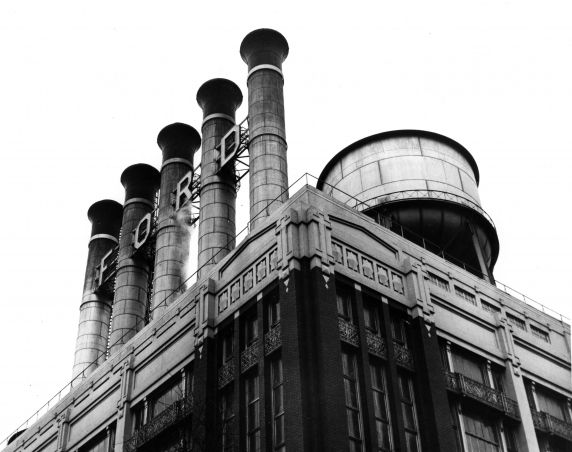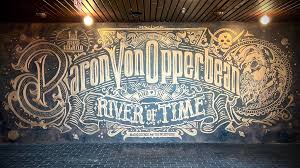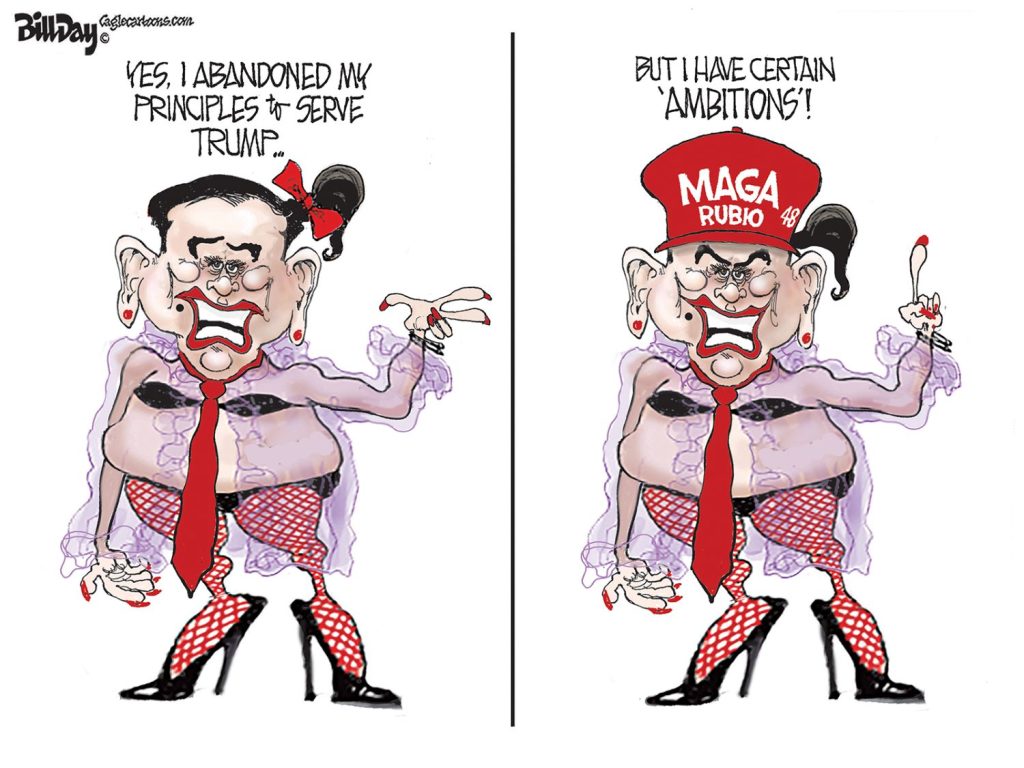Photo: Ford Plant, Walter Reuther Library
By John Branston
Lost in all the publicity about the Ford plant going up east of town, the UAW strike, the future of the planet and electric vehicles and Guy Fieri’s visit was this nugget: Ford could be the biggest deal in Memphis since Federal Express started operations 50 years ago.
Or the biggest disappointment since the premature death of Elvis.
It will depend on a lot of unknowns. Will the strike be settled (yes, eventually) and on what terms, will Americans shift from gas-powered to battery-powered in big numbers by 2030 as forecast, and will suppliers be able to provide them?
And then there is this: in overly delicate corporate-speak going around, will the operation, which is closer to many small West Tennessee towns than it is to North Memphis, South Memphis and downtown Memphis, go out of its way to hire or avoid hiring the “urban population?” Will Memphis be the next Detroit or the last Detroit?
A personal comment. If you grew up as I did in Michigan in the Fifties and Sixties, the name Walter Reuther was as familiar as The Supremes, Gordie Howe, and Al Kaline. He was the fearless leader of the UAW from the Flint sit-down strike and Battle of the Overpass in the 1930s (Reuther was bounced down the steps of the Miller Road Overpass by Ford-hired thugs) until his death in a plane crash in 1970. He was learned, a gentleman, tough as a boot, a world traveler in his youth (by bicycle, no less) and went head to head with founder Henry Ford and grandson Henry Ford II (The Deuce, in parlance of the time). Strikes were as predictable as tailfins on a Cadillac, with the standard brinksmanship and rhetoric about anarchists and Scrooge.
Reuther had class and cred. It was he who proposed in 1964 that the “Big Three” American car makers align to produce small cars that would compete with Volkswagen and Japanese imports. Oh, what might have been if he had lived more than another six years.
And in a sidelight, times were so good that Ford and other factories all over lower Michigan routinely hired college students like me for summer jobs at $2.82/hour or even $3.80/hour plus time and a half for overtime – a huge sum when a six-pack of “fire-brewed Strohs beer” cost barely a buck.
Our tenure was carefully watched by all parties to avoid union dues. The work was hard and a bit (or a lot) of hazing by the regulars was part of the deal. So, I am told by reliable sources at Rouge and Willow Run, was getting high on pot at work, perhaps contributing to the crummy quality of American cars in the face of the coming Japanese invasion.
Ford plants in and around Detroit got the nation out of the Depression, built the bombers that won World War II, and brought generations into the American middle class. The stories are brilliantly told by Robert Lacey in Ford, David Marinass in Once in a Great City, and Loren D. Estleman in his Detroit novels.
Here is Lacey on Henry Ford, a rabid anti-Semite: “In other factories very few Negroes were hired, and only in the most menial jobs. But Ford took this problem very seriously and gave it his personal attention. He tried to increase and upgrade jobs for Negroes in the plant.”
Marinass writes that Detroit was a contender, even front runner, for huge events. “The city was going for it all then, striving in its underdog middle-American way to be the site of the Republican and Democratic national conventions in 1964 and the Summer Olympics in 1968.”
Then the calendar rolled over to July, 1967, and the great race riot. The city that had a population of nearly two million in 1950 has a population today of about 630,000, same as Memphis.
In his novel Edsel, Estleman’s Hank the Deuce character fires a Jewish subordinate who calls him an anti-Semite and tells him, “I’m the opposite of my grandfather in everything that counts. I fought a war to end that shit you’re talking about.”
Geography is destiny. Detroit began as a fort, was connected to the East Coast by the Erie Canal and to the pre-Civil War South by the Underground Railroad; it was a Great Lakes shipping port for iron ore from Michigan’s upper peninsula that would be turned into steel for Model Ts at the mighty Rouge plant. Geography was destiny for Memphis at its founding 200 years ago, then in the steamboat days, then in the founding of Federal Express (the hometown factor and expandable airport helped).
It is still a truism today. It is one thing to get from Whitehaven or Frayser to the airport Superhub or the new Amazon “fulfillment center” in Raleigh. It is another thing to get to Mile 40 on I-40 when there is no public transportation and a traffic jam inside the loop. A time clock is a merciless beast.
In 1990 I was working for The Commercial Appeal after editor Lionel Linder was hired. He was bonafide, and had been editor of The Detroit News, but he fell hard for boosterism when he got here. Among other faux pas, he was photographed being hoisted in a cherry-picker to tout the NFL expansion bid. (footnote: In the 1950s the Memphis Ford plant was located on Union where the abandoned CA building is today.)
Fred Smith was a key member of the NFL Memphis expansion team bid from 1987 to the fateful day in Chicago in 1993 when Jacksonville and Charlotte were announced as the winners. Smith believed that community and media support, especially from the then dominant Commercial Appeal (he was a board member of E.W. Scripps, the owner then) with its 200,000+ circulation. I asked him to comment for this post. He replied, “Had Lionel lived I believe we would have gotten the NFL over Jacksonville.”
I believe the late Mr. Linder, who unlike his idolized successor was a kind-hearted and compassionate man, looked into the future of Memphis in 1990 and saw Detroit.
*
John Branston was a reporter and columnist in Memphis for 40 years
**
Join us at the Smart City Memphis Facebook page and on Instagram for daily articles, reports, and commentaries that are relevant to Memphis.






It is fun to realize that Ford is just coming back to Memphis, even if they are hiding out on Mile 40 of the Interstate. The old Ford plant was here from sometime in the 1920s through to the middle of 1958. For many years it operated out of the building that became the Commercial Appeal/Press Scimitar building. Ford’s assembly line was a gravity feed in that building. I don’t have my old notes any longer, but I think the Ford assembly plant moved to north Memphis sometime after WWII. It, like several other manufacturing plants in Memphis, was the source of good, white, and union-paying jobs for many years. Mike Honey has documented the struggle of black workers in those Memphis manufacturing plants.
Stay tuned. Monday’s blog post is about the Ford plant becoming a newspaper.
I was curious about that comment about the Ford plant on Union, and most sources tell a slightly different story. In the 1920s, the Fored plant was on Union. In the 1950s, it was at the intersection of Riverside Dr and South Parkway.
More about old Ford plant locations coming in a Monday post.
Elijah, thank you for your comment on the Fored plant. Like comments, these posts are generally not copyedited. Seriously, thanks for reading and I look forward to Tom’s post.